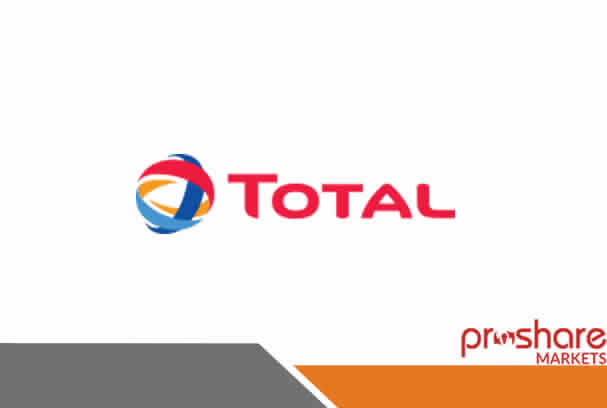Total Nigeria Plc released its half year result reporting EPS of N16.71 for the first half of 2018, up by 23.2% relative to H1 17. The improvement in earnings largely mirrored improved core earnings borne out of reduced input cost and higher receipts as well as lower effective taxes in the review period.
Over the review period, overall volumes grew by 1.9% to 959 million litres, coupled with a broadly flat pricing, reported revenue grew by 2.2% YoY to N156 billion. Going by breakdown, the slight growth in volume was supported by the general trade segment – which saw volumes growth of 20% YoY to 171 million litres – and aviation segment (volume more than doubled to 48 million litres), which combined more than neutered the decline in volumes sold at the network segment (dipped by 4.8% YoY to 739 million litres).
On a positive, despite the resilience in volumes, input costs declined across segments with a more notable contraction in the general trade and aviation segment to swamp the slower contraction in network segment – overall input cost (-1.2% YoY to N135 billion). Consequently, gross profit improved (+30% YoY to N21 billion), with related margin expanding 2.9pps to 13.6%, split into aviation margin at 11% (H1 17: 0.4%), network margin at 14% (H1 17: 11%) and general trade margin at 13% (H1 17: 11%).
Lower effective tax buffers bottom line :
Further down, mirroring higher operating expenses (+13% to N11 billion) and depressed other income (-64% YoY to N801 million), operating profit grew by 26% YoY to N10 billion. Elsewhere the company had funding cost pressures in the period, as net finance cost more than doubled to N1.5 billion – reflecting higher interest payment made in the period. Nonetheless, the lower effective tax of 34% (H1 17: 37%) provided more buffer to the earnings, which printed at N5.7 billion.
Driver for earnings in the second quarter mirrored what played out for the half year numbers with Q2 EPS printing at N11.8 (+1.4x QoQ). Analyzing the results, we saw improvement in margin buoyed by a trifling growth in input cost (+1 QoQ to N67 billion) relative to revenue which rose by 7% QoQ to N80 billion. Accordingly, gross margin for Q2 18 printed at 16% (Q1 18: 11%) with the margin expansion evident across the revenue reporting segment.
Precisely gross margin at the network segment printed at 17% (Q1 18: 11.4%), general trade at […]
